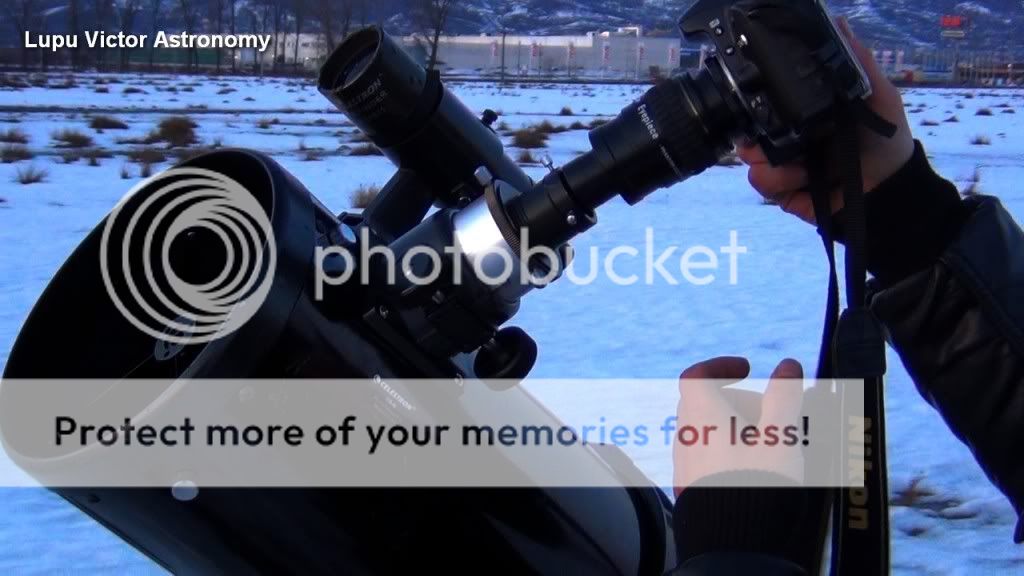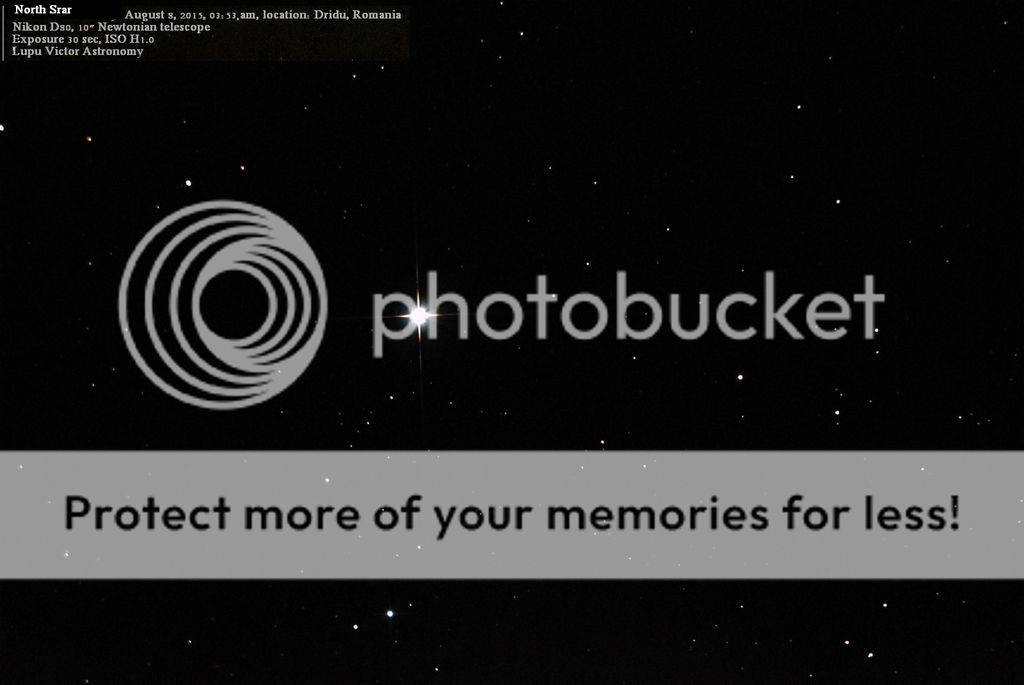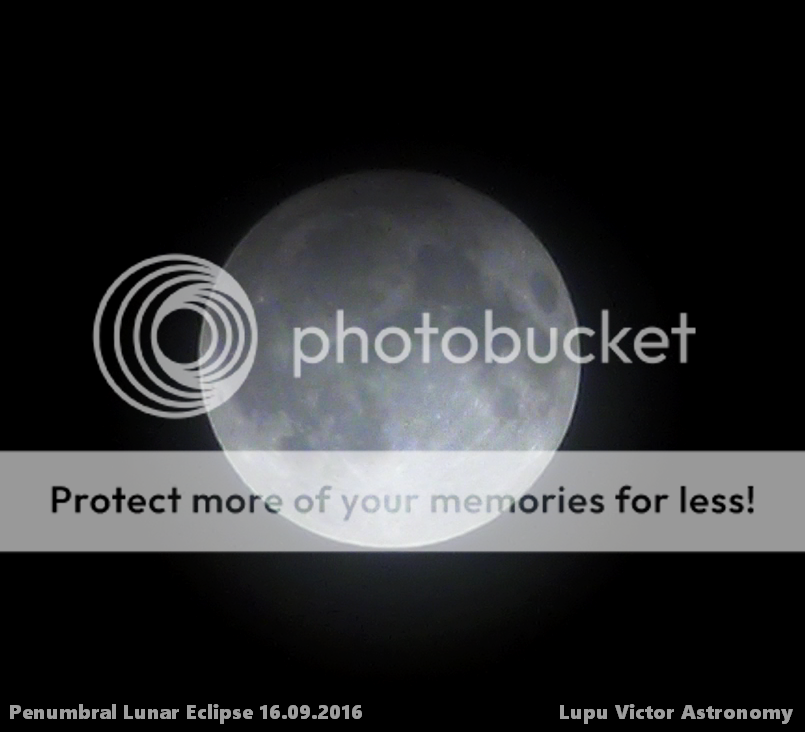Polaris is a star that does not bear this name by accident. It is the brightest star located above the north pole of our planet. For this reason, when observed from Earth, it is in the same place in the sky (whether day or night).
This is the brightest star in the constellation Ursa Minoris (Ursa Minor) and is 4,5x larger than our sun. As an interesting point about Polaris, it is part of a triple star system, Polaris A, B and AB (a dwarf star). Between A (the North Star) and AB is the distance from the Sun as Uranus.
Astronomical instrument: Skywatcher Newtonian telescope 10 inches (Val-Cosmin Sandu)
Mount C6 / EQ6 motorized GoTo
Camera: Nikon D80 T-ring
Eyepiece: Yes (focal)
Filter: no
Date: August 8, 2015
Time: 1:21
Mode: Manual
ISO: 1.0 H
Exposure time: 30 sec
Location: Dridu, Ilfov, Romania
This is the brightest star in the constellation Ursa Minoris (Ursa Minor) and is 4,5x larger than our sun. As an interesting point about Polaris, it is part of a triple star system, Polaris A, B and AB (a dwarf star). Between A (the North Star) and AB is the distance from the Sun as Uranus.
Astronomical instrument: Skywatcher Newtonian telescope 10 inches (Val-Cosmin Sandu)
Mount C6 / EQ6 motorized GoTo
Camera: Nikon D80 T-ring
Eyepiece: Yes (focal)
Filter: no
Date: August 8, 2015
Time: 1:21
Mode: Manual
ISO: 1.0 H
Exposure time: 30 sec
Location: Dridu, Ilfov, Romania










 Monday, January 16, 2017
Monday, January 16, 2017
 Unknown
Unknown















